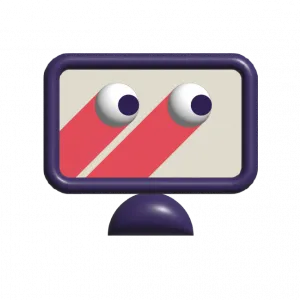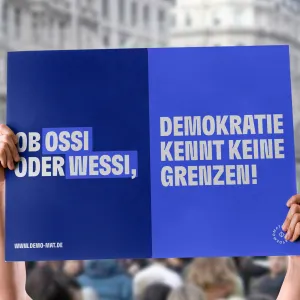
Diversity design: How inclusive design brings more diversity into everyday life
2024 | 7 min reading time
Prejudices, accessibility and participatory processes.
Diversity is on everyone's lips. Many companies are already employing diversity managers to create a diverse working environment. Design should not be neglected as an integral part of this process. After all, inclusive and diverse design makes the concept of diversity more tangible, visible and all-encompassing. But what does diversity design actually mean? Let's explain it using a simple approach: Diversity Design in easy language.








